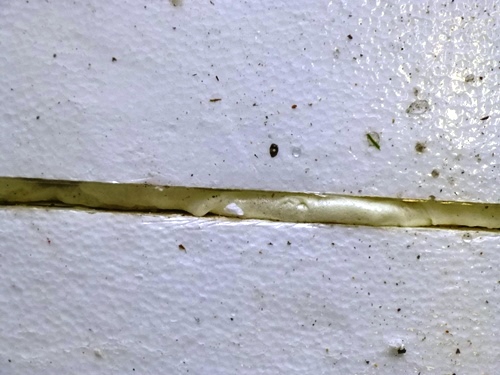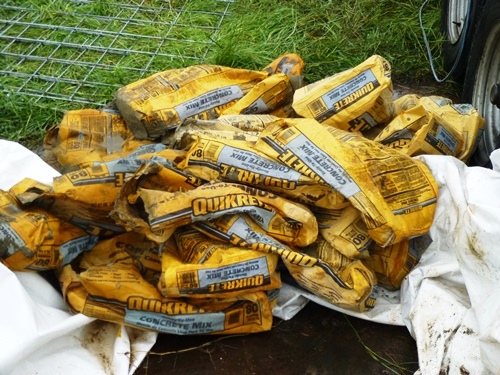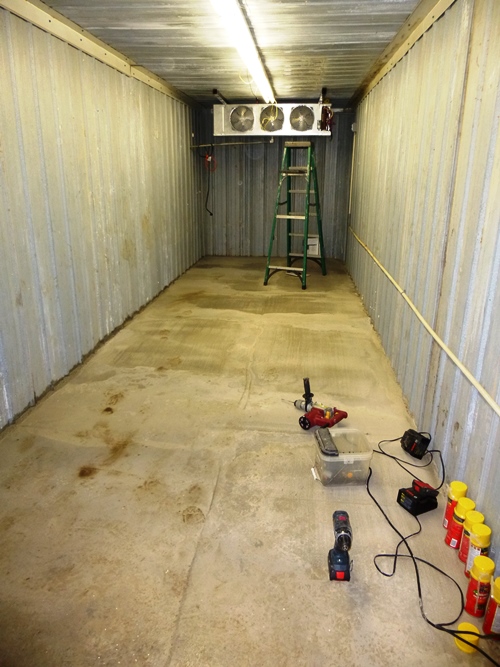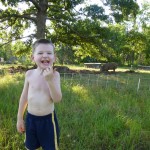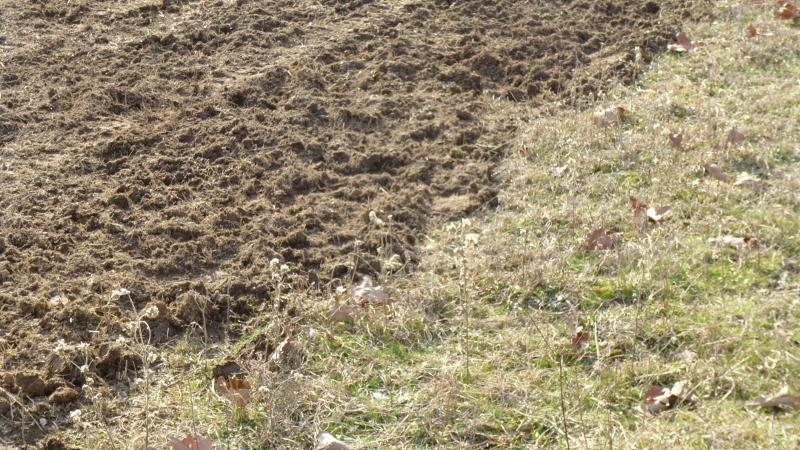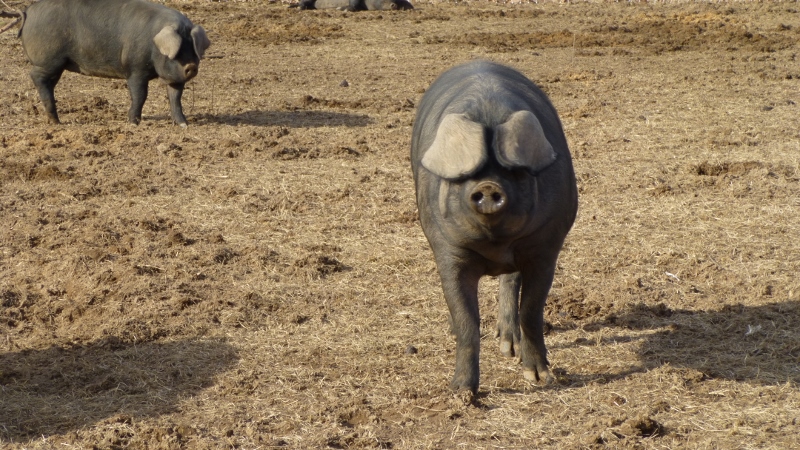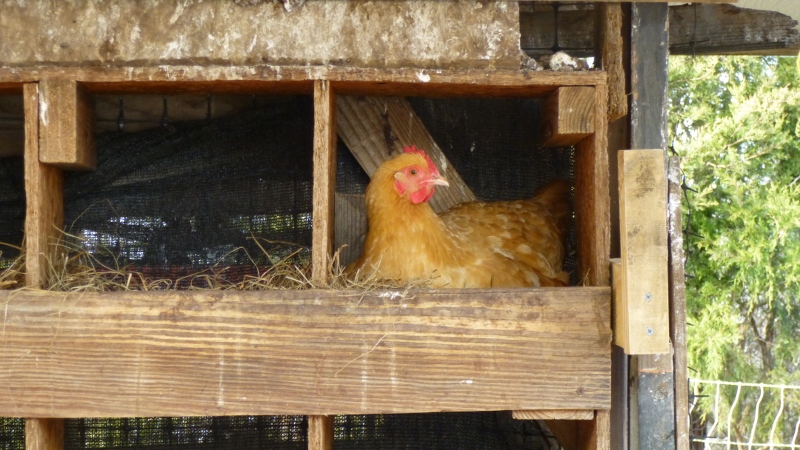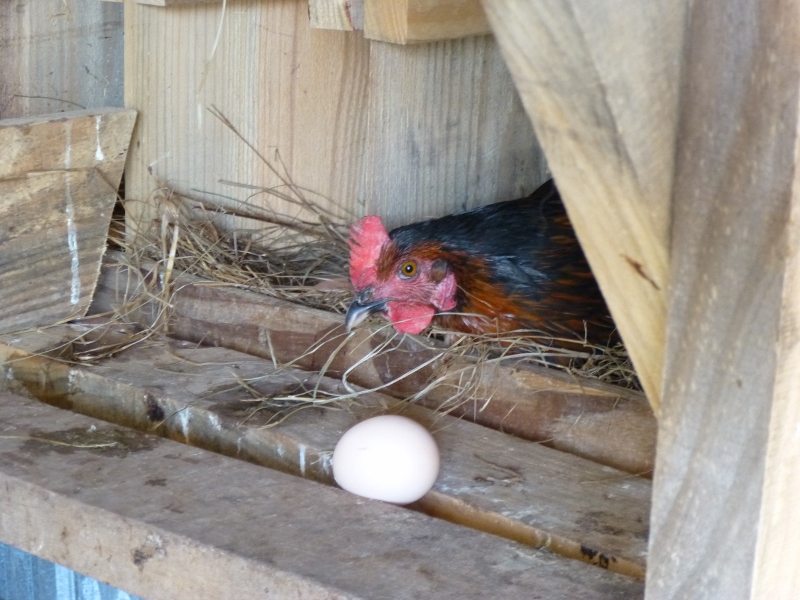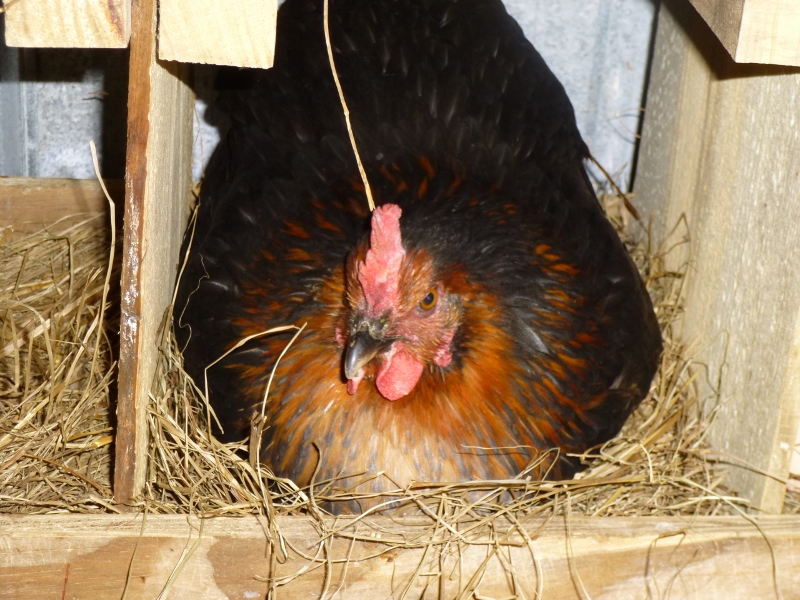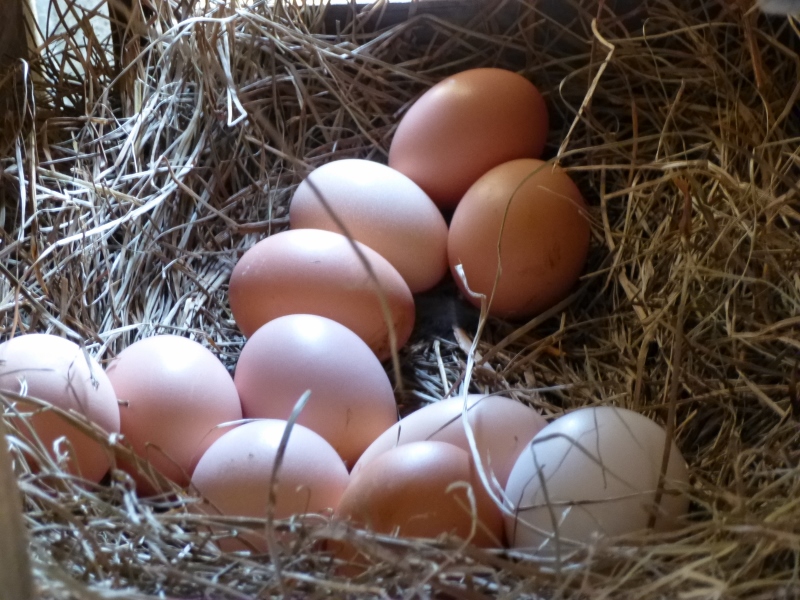We get the question all the time, “How long do your eggs keep?” They have an expiration date on them, which we haven’t always done, and actually aren’t required to do, but it does help us to know how old eggs are so we can make sure we’re selling fresh eggs and rotating stock appropriately. But how significant is that expiration, and if you happen to have SGR eggs that have expired, what should you do?
Well. We can’t give advice on that, but we CAN share with you some knowledge about what egg freshness means.
We had a couple boxes of eggs “expire” recently, and being the frugal farmers we are, we can’t throw them away. Instead, we are using them in our house. I wanted to explore this topic experimentally, so I snapped some photos as I was cooking breakfast this morning. Before we get into that, let’s just talk chicken for a moment.
Like all animals, chickens (or more specifically, hens) are very in tune with the season. Back when our great great grandparents raised hens, they probably threw them kitchen scraps and a little supplemental grain, but the hens ran around foraging all day on what they could find. They probably weren’t the most efficient layers ever, but they probably proliferated their own young (by hiding their eggs!) and gave enough eggs for the farmer and perhaps a couple of his neighbors and friends.
Most households back-in-the-day had their own chickens. It doesn’t take many to produce enough eggs for a family, even if they’re doing it inefficiently. But when winter hit and the first frost killed all the grass and sent the bugs underground for warmth, the hens stopped laying to preserve their energy, since food wasn’t as plentiful as in summertime. So however-many eggs Mama had put up in the cellar, those were going to have to last until spring when the first egg was laid. So if you asked her, “How long do eggs keep?” she would probably answer, “All winter,” as long as they had been handled carefully and preserved correctly.
An egg has all sorts of protecting qualities built-in when it is laid, such as a fancy shell that allows outgassing as the egg ages and a membrane that keeps moisture in to slow down that aging process. It also has a substance called the “bloom” or cuticle which acts as an antimicrobial barrier. Since our eggs aren’t chemically treated, and they are mostly unwashed (a few get washed as needed), they’ll keep for quite a long time in the right conditions. In fact, refrigerators extend the shelf life of eggs to way longer than the time they’d keep in Mama’s cellar.
Now back to my kitchen. So I have these eggs that “expired” back on October 27. That expiration is set for 6 weeks after collection date, so they were laid some time around September 15. Today is November 25. These eggs were laid 71 days ago, or are just over 10 weeks old. Golly, they’ve been expired for almost a month now!
So what did I do? I cooked ’em!
But first I inspected the shells and cracked them into a bowl. If the shells were badly damaged, there was a possibility of spoilage. So rather than risk spoiling a whole panful of eggs, I would crack the questionable ones separately. The first three had no cracks, so into the bowl they went.
I could immediately tell they were still fresh because I could still distinguish between the two parts of the white. (By the way, you will KNOW a bad egg if you get one. They’re gross!) If you can still grab the inner white (the thick slimy part), it’s a very fresh egg. See?
I did have a few cracked eggs, (It looks like this particular dozen was used at market for a bumps-replacement set.) In my experience, the cracked eggs are the most likely to be spoiled, even though spoilage risk in the fridge is very low.
The crack is shallow and doesn’t appear to have penetrated the membrane, but I cracked this one into a separate container, just in case…
 Looks good! And you can clearly see the distinction between the inner white and the outer white–which means it’s fresh! It’s so fresh that it remains intact when I grab it:
Looks good! And you can clearly see the distinction between the inner white and the outer white–which means it’s fresh! It’s so fresh that it remains intact when I grab it:
As it turns out, all 8 eggs that I cracked for breakfast were perfectly good and ready to be scrambled.
And here they are in all their undyed, pasture-raised, non-medicated glory:
So now you know how long eggs are capable of remaining fresh. And if someone asks you, “How long will farm eggs keep?” you can tell them, “As long as they need to.”










